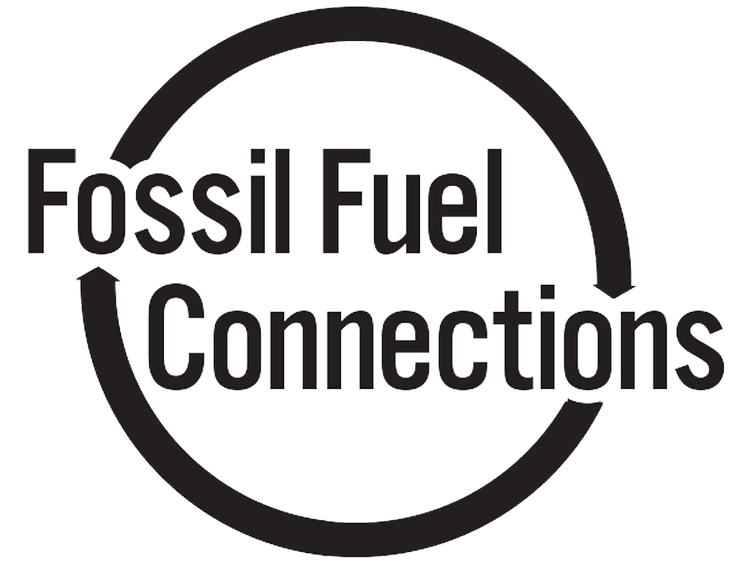Resources/Exports:
COAL
Tiffany Brown
The process of how coal is formed (Credit: University of Kentucky)
Coal is a fossil fuel resource that is considered a form of solar energy, trapped millions of years ago by prehistoric plants. Normally, when plants die off they decay and go back into the earth, releasing their solar energy back into the earth. The plant matter was trapped in swamps or peat bogs. Heat and pressure squeezed moisture out of the decaying plant matter, causing a disruption in the decaying process.
Different Types Of Coal
Bituminous coal (Credit: Alex Demas)
There are many different types of coal. Peat is a brown, soil-like substance of decaying plants and is used typically for gardening or as fuel. In Ireland, Finland, and other countries where trees are scarce, people use peat for heating and cooking. Lignite, which is commonly referred to as brown coal, has the lowest carbon content of 25% to 35%. Sub-bituminous, also called black lignite, has a carbon content of 35% to 45%. It is the most commonly used coal in the United States and Canada and mined from the Powder River Basin. Bituminous is a soft black coal, containing a tar-like substance with 45% to 86% carbon content. Anthracite, a hard black coal, has few impurities; most of the U.S. anthracite that is mined in the United States comes from the East Coast.
Underground Fires
The ground where the Centralia Mine fire is in Pennsylvania (Credit: Lisa LaFosse)
There are thousands of coal mine fires burning around the world. The world’s oldest underground coal fire has been burning for 6,000 years on Burning Mountain in Australia, known as Mount Wingen. This coal seam is about 700 miles long and 70 feet deep in the ground. One underground coal fire in Germany is under Brennender Berg (which translates to "burning mountain" in German), and has been on fire since 1688. The best known underground coal fire in the United States is in Centralia, Pennsylvania. It has a 400-acre coal vein that has been burning since the 1960s, when the town was abandoned and vaulted by the government. The fire puts off hot, toxic fumes that leak through basements of homes and businesses. Boots melted from the ground being so hot, and parts of the mine also started to cave in.
Surface Mining
Powder River Basin of Wyoming and Montana (Credit: Alex Demas)
Strip mining excavates the soil, rock, and other materials to uncover the coal. This process is done in strips, which are parallel and adjacent to each other. All vegetation is removed from the ground allowing wind to blow up toxic heavy metals, which often cause respiratory problems. Open-pit mines are dug in shallow vertical levels, called benches, normally in 4- to 60-meter intervals. The mines are dug this way to prevent and minimize damage and rock falls. Mountaintop removal mining, which started in the 1970s in the Appalachian Mountains, uses explosives to remove up to 400 vertical feet of a mountain.
Underground Mining
An underground coal mine (Credit: U.S. Department of the Interior, U.S. Geological Survey)
Room-and-pillar mining creates “rooms” in coal seams, supported with pillars of coal, by taking the coal in between the pillars. Longwall mining extracts coal on a long wall that is 0.6 to 1.0 meter thick, 3 to 4 kilometers long, and 250 to 400 meters wide. Short wall mining extracts smaller chunks, typically fluctuating from 100 to 150 feet wide and 300 feet long. The coal is constantly being cut by a miner and then piled into shuttle cars.
Health Effects
Healthy lung comparisons (Credit: United Mine Workers of America)
Black lung disease comes from the buildup of coal dust, which settles in the lungs as a result of working in coal mines. It also causes chronic headaches, and respiratory problems (such as asthma) are a higher risk factor for people living in coal towns. These health effects are also compounded by the mass amounts of emissions put out by diesel equipment that is used to extract coal (United Mine Workers of America).
Environmental Effects
Marsh Fork Elementary School (Credit: Carl Galie)
Water is also contaminated by unlined slurry dams, which allow slurry (a coal/water mixture) to seep into groundwater and the drinking supply. Sometimes the slurry lines are disrupted during development and leak into creeks, streams, lakes, ponds, and waterbeds. Coal mining leaves the land in a degraded condition. It is difficult to plant vegetation or serve as a home for wildlife because of the arsenic and heavy metals. Coal dust has also been known to ruin paint jobs on brand new cars.
For more information on coal in the US, please see the links below and our Powder River Coal Basin page.
Sources
Bartow, S. (n.d.) Types of coal. Powder River Coal Company.
Bornstein,J. (2015) Coal-Powder River Basin to WA. CommunityWise Bellingham.
Bullivant, D. A. (1987). Current surface mining techniques. Journal for the Transportation of Materials in Bulk: Bulk Solids Handling. Vol 7, n6, p. 827-833.
Encyclopædia Britannica. (2016). Surface Mining. Encyclopædia Britannica Online.
Ferber, D. (2013, February 20) Research finds additional harm from coal dust exposure. Midwest Energy News.
Hansen, T. (2015, May 18). Tribal leaders in Pacific Northwest take a stand against coal terminals. Indian Country Today.
Kirby, D., Smith, K., & Wilkins, M. (2016). Centralia mine fire. Roadside America.
United Mine Workers of America. (n.d.) Underground coal mining. UMWA.
Williams-Derry, C. (2015, April 23). More headwinds for coal exports. Sightline Institute.
Zhang, S. (2014, March 10). The world's oldest underground fire has been burning for 6,000 years. Gizmodo.







